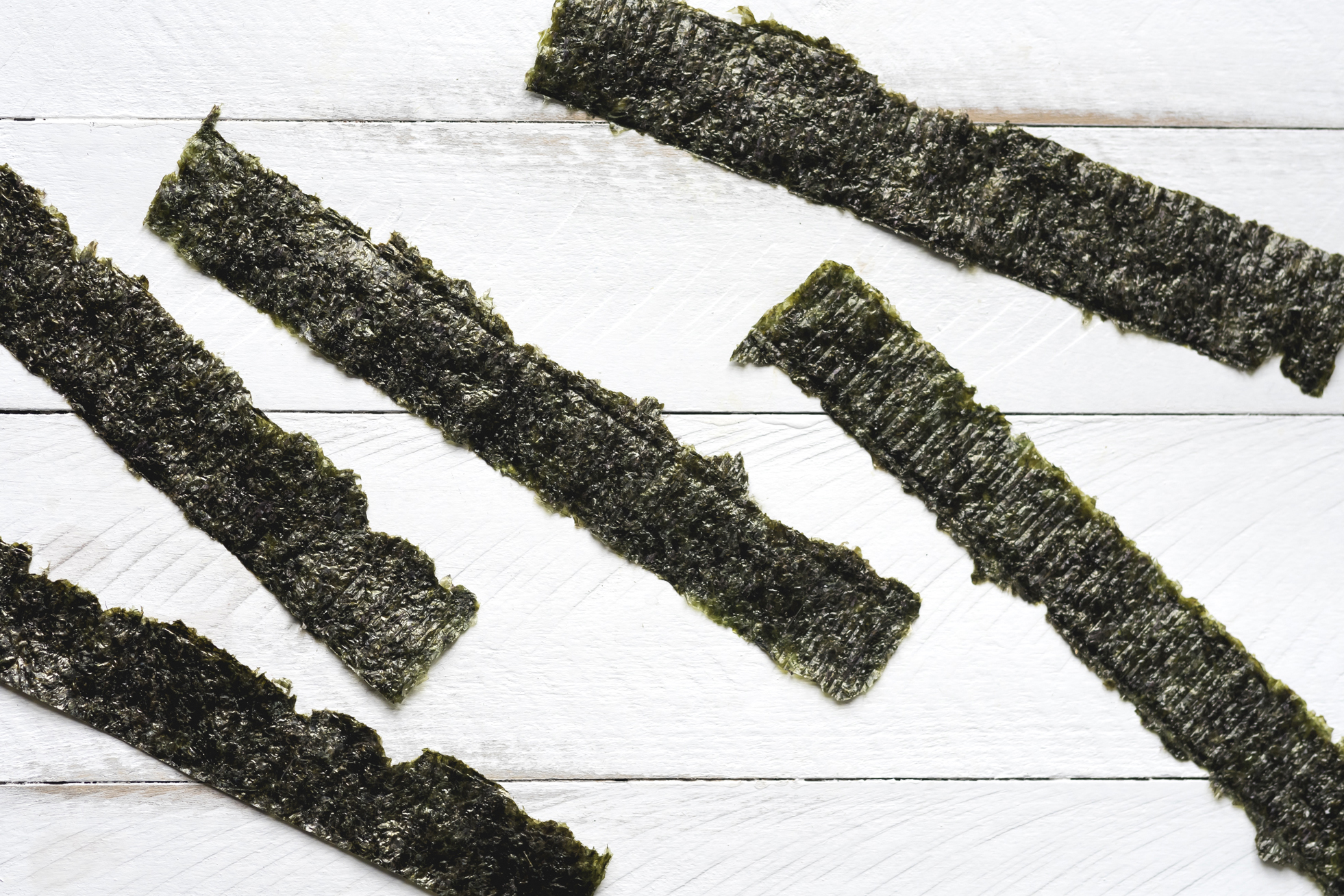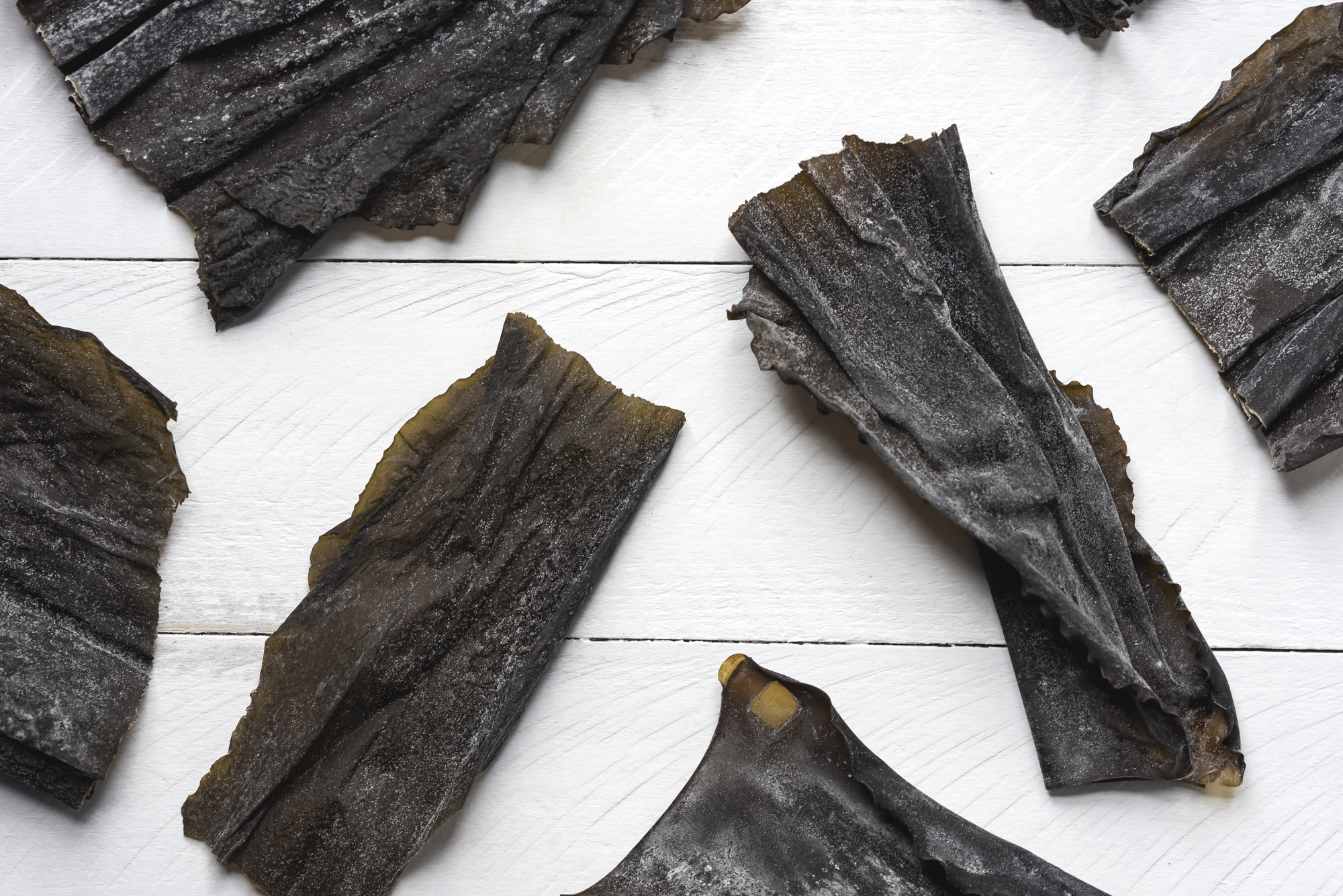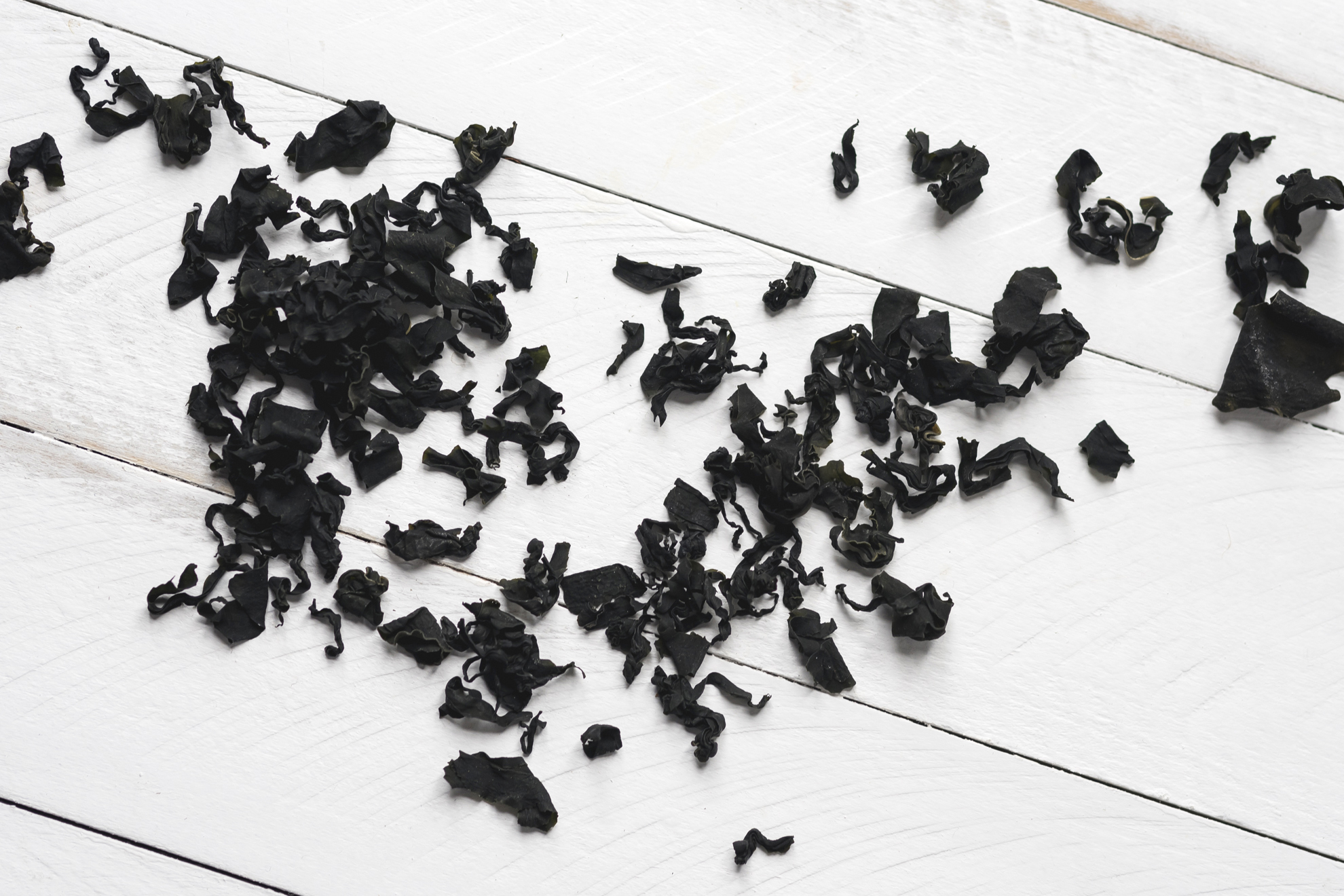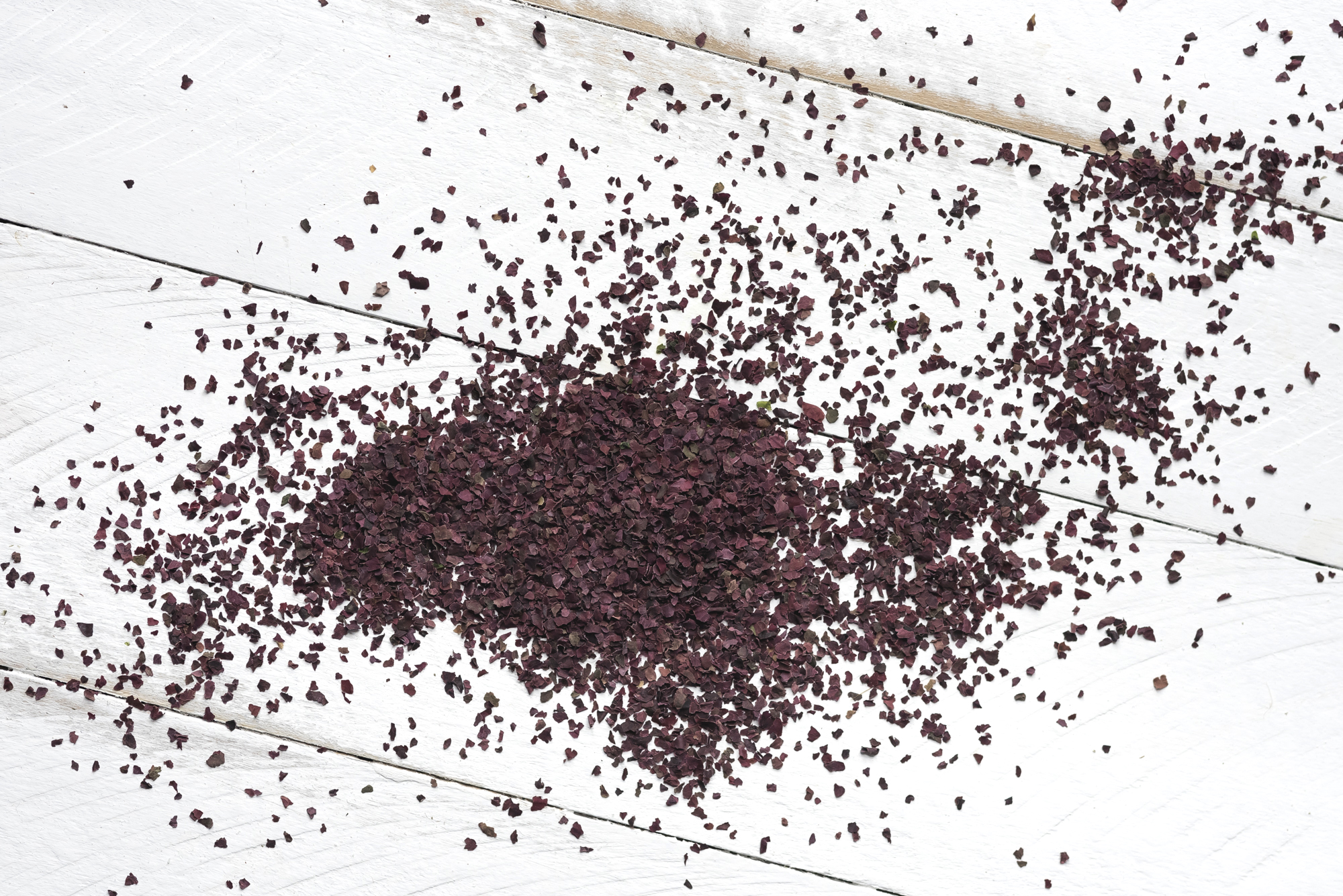
A Simple Guide To Eating Algae
Most nutrition buffs know that seaweed is amongst the healthiest foods humans can eat, but from nori to chlorella to wakame, it can be difficult for many Westerners to distinguish between the various types of algae available. While seaweed has been a staple of Asian cuisine for thousands of years, it’s only recently that Americans have begun to embrace seaweed as a healthy, tasty food option.
Seaweed is a common name for a wide variety of marine plants that grow in oceans, lakes, and rivers. Incredibly rich in vitamins, minerals, and antioxidants, sea vegetables are some of the most nutritious food items available to humans. While much of the farming soil where American crops are grown has been depleted of nutrients, sea vegetables are in part so mineral-rich because they are grown in nutrient-dense water.
Algae contains high levels of calcium, iron, vitamins A, C, and K, potassium, selenium, and magnesium. Most importantly, it is one of the best natural sources of iodine, a nutrient that is missing from most other foods, and is also essential for a healthy functioning thyroid gland. It also contains high levels of Vitamin B12, which is great news for vegetarians and vegans because it is one of the few plant sources of this essential nutrient. Seaweed is also low in fat and high in fiber, making it a great weight loss aid.
Here is our breakdown of the most common types of seaweed you may encounter at a grocery store, health food store, or sushi restaurant– and what they’re good for, and how to prepare and consume them.
Nori
If you’ve ever eaten sushi or miso soup, chances are you’ve eaten nori. A red algae that appears dark green after it is dried and roasted, this sea vegetable is used for wrapping sushi rolls. Nori is one of the most commonly-consumed seaweeds in the United States today, and also one of the most delicious. Nori is a great snack eaten on its own or added to soups and salads.
Chlorella and Spirulina
Two similar superfood algaes with substantial health benefits, both chlorella and spirulina grow in freshwater and are jam-packed with nutrients that help support a healthy body. With powerful health benefits, chlorella and spirulina have the ability to bind with heavy metals and other harmful chemicals to remove them from the body. They both also contain high levels of protein, essential fatty acids, fiber, iron, and B vitamins. Some studies have also shown that they may be helpful for preventing diabetes and cancer.
Kombu
A type of kelp with a robust umami flavor, kombu is often added to soups and is used for making dashi, or Japanese stock. It is a great digestive aid, and can be added to simmering beans to lessen digestive discomfort and gas. Use it as a flavor enhancer in a variety of recipes to yeild a more complex taste and added antioxidant benefits.
Arame
A brown Japanese kelp that is often sautéed, arame is considered a delicacy in many parts of Asia. Used in Peruvian and Indonesian cuisine as well as Japanese and Chinese food, it is a great starter seaweed for those new to eating algae because of its delicate flavor. As an added bonus, arame is especially helpful for boosting immune system function.
Wakame
A chewy, stringy seaweed with a slightly sweet taste, wakame is delicious when made into a seaweed salad. Toss it with a little sesame oil and use it to top a bed of lettuce, or add it to miso soup for added texture and flavor. Wakame is one of the healthiest snacks you can munch on because it is filling while also being extremely low in calories and fat– it has also been shown to help lower blood pressure.
Agar-agar
A plant-based alternative to gelatin, agar-agar is an extremely powerful vegan thickening agent derived from algae. A jelly-like substance with no flavor, odor, or color, agar-agar can be found at most health food stores. Try adding it to soups, fruit preserves, puddings, ice cream, and sauces.
Dulse
A red seaweed that grows in the Pacific and Atlantic oceans, dulse is often sold in dried and flaked form, and is said to have a taste similar to bacon when fried, making it a super-healthy meat-free breakfast option. Try rubbing with olive oil and salt and roasting it as a vitamin-rich alternative to kale chips.
Can’t get enough seaweed? Read our interview with seaweed textile artist Nienke Hoogvliet.





































